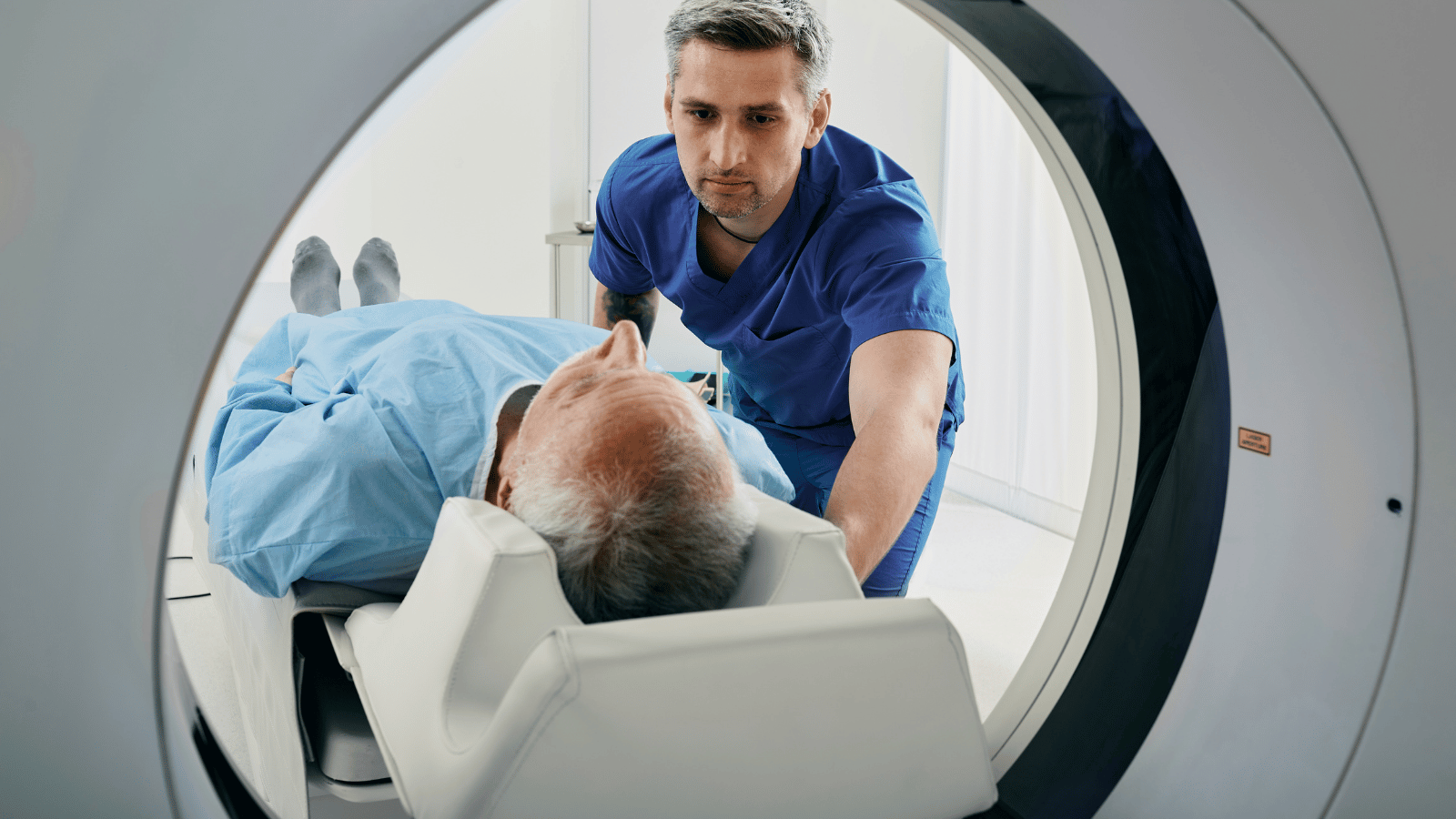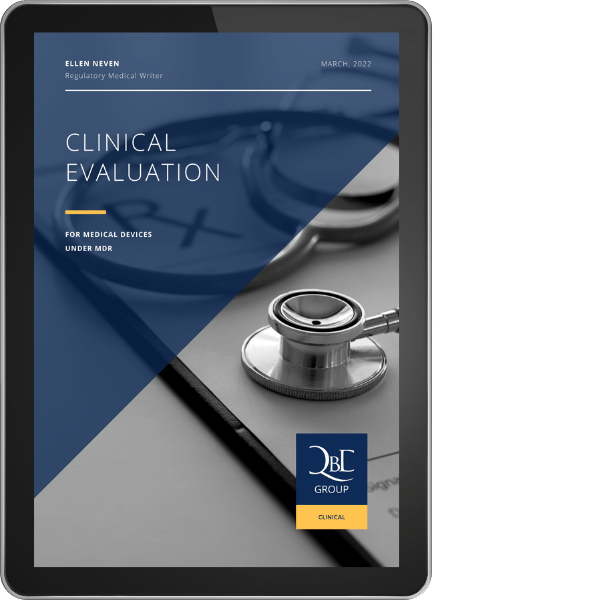Medical Devices CE certified under the European Medical Device Directive (MDD) or the Active Implantable Medical Devices Directive (AIMDD), are frequently referred to as legacy devices. Manufacturers face unique challenges when transitioning to compliance with the Medical Device Regulation (MDR) for their legacy devices.
One critical aspect is determining the level of “sufficient” clinical evidence required for MDR certification, a task even more complicated by the lack of explicit guidance in the MDR. Legacy devices often lack the extensive clinical data required by the MDR.
In some cases, these legacy devices may have been on the market for many years, with their initial approval based on less rigorous criteria compared to the current MDR standards. This poses a unique challenge in demonstrating conformity with the new regulations.
In this blog post, we explore the complexities surrounding clinical evidence for legacy devices and shed light on the strategies manufacturers can employ to meet the MDR standards.
FREE WHITEPAPER
Clinical evaluation for medical devices under MDR
In this whitepaper, we’ll guide you through crucial regulatory documents pertaining to the clinical evaluation process of your medical device.
What is sufficient clinical evidence for legacy devices?
The MDR aims to enhance the safety and performance of medical devices while ensuring a more transparent and consistent regulatory framework. One of the fundamental shifts introduced by the MDR is the heightened emphasis on clinical evidence to support the safety and performance claims of medical devices.
The MDR, in Article 61 (1), stipulates that conformity with relevant General Safety and Performance Requirements (GSPR) must be substantiated by clinical data providing sufficient clinical evidence. It is further detailed that the manufacturer shall specify and justify this level of clinical evidence, which should be appropriate given the characteristics of the device and its intended purpose. Manufacturers of legacy devices need to bridge the gap between their existing clinical data and the heightened expectations of the MDR.
Sources of clinical data
The Medical Device Coordination Group (MDCG) 2020-6 outlines pre-market and post-market sources of clinical data applicable to legacy devices:
Pre-market clinical data:
- Clinical investigation reports of the device in scope.
- Clinical investigation reports or other studies reported in scientific literature, of an equivalent device (demonstration of equivalence should be according to the MDR).
- Reports published in peer-reviewed scientific literature on other clinical experiences of the legacy device or an equivalent device.
- Other pre-market data, e.g., case reports on experience with the use of the device in scope.
Post-market clinical data:
In principle, manufacturers of legacy devices should have gathered clinical data from the initial certification under the MDD/AIMDD (pre-CE-mark clinical data), and since they have been on the market for several years, they usually have data collected during the post-market phase as well.
- Post-Market Surveillance (PMS) clinical data, complaints, and incident reports.
- Post-Market Clinical Follow-up (PMCF) studies, including post-market clinical investigations.
- Independent clinical studies using the device.
- Device registries.
- Literature-derived data.
Engaging with direct users of the legacy devices can also provide valuable insights (e.g., through user surveys). Their experiences and feedback can inform the development of targeted studies and contribute to a more comprehensive understanding of the device’s performance in real-world settings.
Generating New Data
If post-market data are insufficient, and no equivalence to similar CE-marked medical devices can be claimed, manufacturers might need to generate new data to obtain MDR certification, e.g., by setting up clinical investigations or high-quality surveys, by analyzing real-world evidence or by engaging in other Post Market Follow Up activities.
Although MDR requires data from clinical investigations held by the manufacturer in general, some exemptions to perform clinical investigations are outlined in MDR Articles 61 (4), 61 (5) and 61 (6), and concern Class III and implantable legacy devices demonstrated to be equivalent to previously marketed devices, legacy devices, and Well-Established Technologies (WET). However, this exemption from clinical investigations is only valid when there is already sufficient clinical data to confirm compliance with the MDR GSPR.
The case of Well-Established Technologies (WET) and Standard of Care Devices
As defined in the MDCG 2020-6, Well-Established Technologies (WET) have the following features:
- Relatively simple, common and stable designs with little evolution.
- Their generic device group has well-known safety and has not been associated with safety issues in the past.
- Well-known clinical performance characteristics and their generic device group are standard-of-care devices where there is little evolution in indications and the state of the art.
- A long history on the market.
For legacy devices meeting these 4 criteria and considered “standard of care devices”, a lower level of clinical evidence might be acceptable.
According to MDR Article 61 (6), Class III and implantable legacy devices, as well as a restricted list of well-established technologies (WET), may be exempt from the requirement for clinical investigations provided they have sufficient clinical data. The MDCG Guidance 2023-7 was created to provide guidance on exemptions from the requirements to perform clinical investigations according to article 61(4)-(6) of the MDR and on sufficient levels of access to data needed to justify claims of equivalence (which is outside of the scope of this blog post).
The list of these WETs is presented in Article 61 (6b) of the MDR and includes among others, sutures, staples, dental fillings, dental braces, and connectors. This defined list of WETs can only be amended by a delegated act (a new legislation) (Article 61 (8)). Manufacturers wanting to place on the market a new device belonging to this group of WETs can do so without performing clinical investigations. Indeed, unlike Class III and implantable legacy devices in general, these WETs do not need a previous certification under the Directives to be exempt from the need to perform clinical investigations.
Devices suitable for Article 61 (10)
Some legacy devices might fall under Article 61 (10) of the MDR, for which clinical data is not deemed appropriate. Such devices are, for example, accessories, medical equipment cleaning and sterilization devices, or basic surgical instruments such as forceps. Article 61 (10) is never applicable to Class III and implantable devices.
For devices meeting Article 61 (10), the demonstration of conformity can be based on non-clinical testing methods only, such as performance evaluation, bench testing and pre-clinical evaluations. For legacy devices, PMS data are also included in the CER.
As mentioned in MDCG 2020-6 Appendix III, the following types of evidence are relevant for these devices:
- Compliance with non-clinical elements of common specifications considered relevant to device safety and performance (mechanical testing for strength and endurance, biological safety, usability, etc.).
- Simulated use, animal, cadaveric testing involving healthcare professionals or other end users (can be used to demonstrate usability for accessories or instruments).
- Pre-clinical and bench testing, compliance with standards.
Manufacturers should justify that Article 61 (10) applies to their device, based on risk assessment and management and considering the interaction of the device with the human body. Devices interacting with the human body are not excluded but are less likely to be suited for Article 61 (10).
All the claims made for a medical device, being clinical or non-clinical, should be supported by data. Clinical claims are claims for which a positive impact on the health of the individual can be measured (clinical benefit). Such clinical claims should be supported by clinical data, and therefore devices with clinical claims are not in the scope of Article 61 (10).
Non-clinical claims focus on aspects other than direct health outcomes or performance in a clinical setting. Instead, manufacturers might highlight features related to user experience, design, durability, or ease of use, and each of the claims should be supported by appropriate evidence.
For Article 61 (10) devices, manufacturers should still generate a literature review on their device, as well as a clinical evaluation report (CER) and PMS plan to be reviewed by the Notified Bodies.
Clinical Evidence Requirements for Legacy Devices Under MDR
To successfully navigate MDR certification for legacy devices, manufacturers should adopt a strategic approach to address the clinical evidence requirements, taking into account some key considerations.
Gap Analysis
A comprehensive gap analysis should be conducted to identify the disparities between existing clinical data and the MDR requirements. This analysis will help manufacturers understand the extent of additional evidence needed for certification.
Risk Management
Robust risk management processes can help to identify and mitigate potential risks associated with the device. Clear documentation of risk assessments will strengthen the case for MDR certification.
Post-Market Surveillance
Effective post-market surveillance mechanisms should be established to continuously monitor and evaluate the device’s performance and safety in real-world scenarios. This ongoing data collection can contribute to valuable evidence for MDR compliance.
Literature Reviews and Meta-Analyses
The existing literature should be explored to supplement the available clinical evidence. This can be especially valuable for legacy devices with limited original clinical data.
Want to know more? Download our white paper on SOTA literature reviews here.
Collaboration with Notified Bodies
By engaging in open communication with Notified Bodies to gain insights into their expectations and interpretations of the MDR requirements, this collaboration can facilitate a smoother certification process. Important to note is that Notified Bodies are not allowed to provide advice on the specific medical device in scope.
FREE WHITEPAPER
Clinical evaluation for medical devices under MDR
In this whitepaper, we’ll guide you through crucial regulatory documents pertaining to the clinical evaluation process of your medical device.
How can we assist in obtaining MDR certification for your legacy device?
Navigating MDR certification for legacy devices requires a proactive and strategic approach, with a strong emphasis on generating robust clinical evidence.
QbD Regulatory can help you to prepare the Technical Documentation, including risk management and post-market surveillance documents.
QbD Clinical Medical Writing specializes in performing the required clinical evaluation for your device, including addressing the possible gaps in clinical evidence for your device in scope. This involves reviewing and analyzing all necessary literature and writing the clinical evaluation plan and report. These documents are created following all applicable guidance and regulations.
Our involvement has already aided several medical device manufacturers in obtaining a CE certificate for their devices in 2023. This success was achieved without any comments from Notified Bodies and Regulatory Authorities, despite the additional scrutiny from expert panels via the EU Commission or MDCG and the extended timelines.
Don’t hesitate to reach out to us for assistance, whether it is coaching, reviewing, or fully writing your technical documentation as required.

